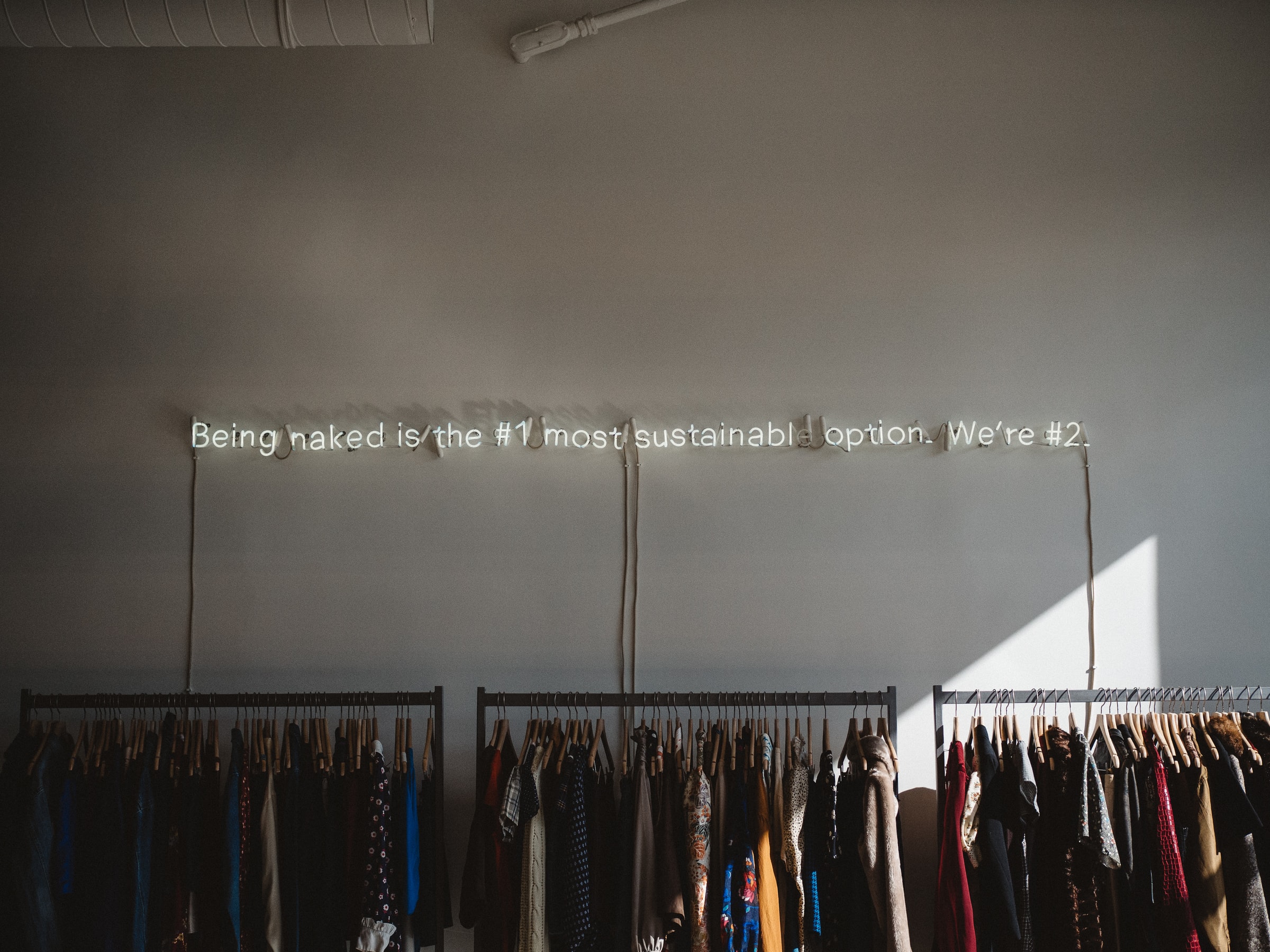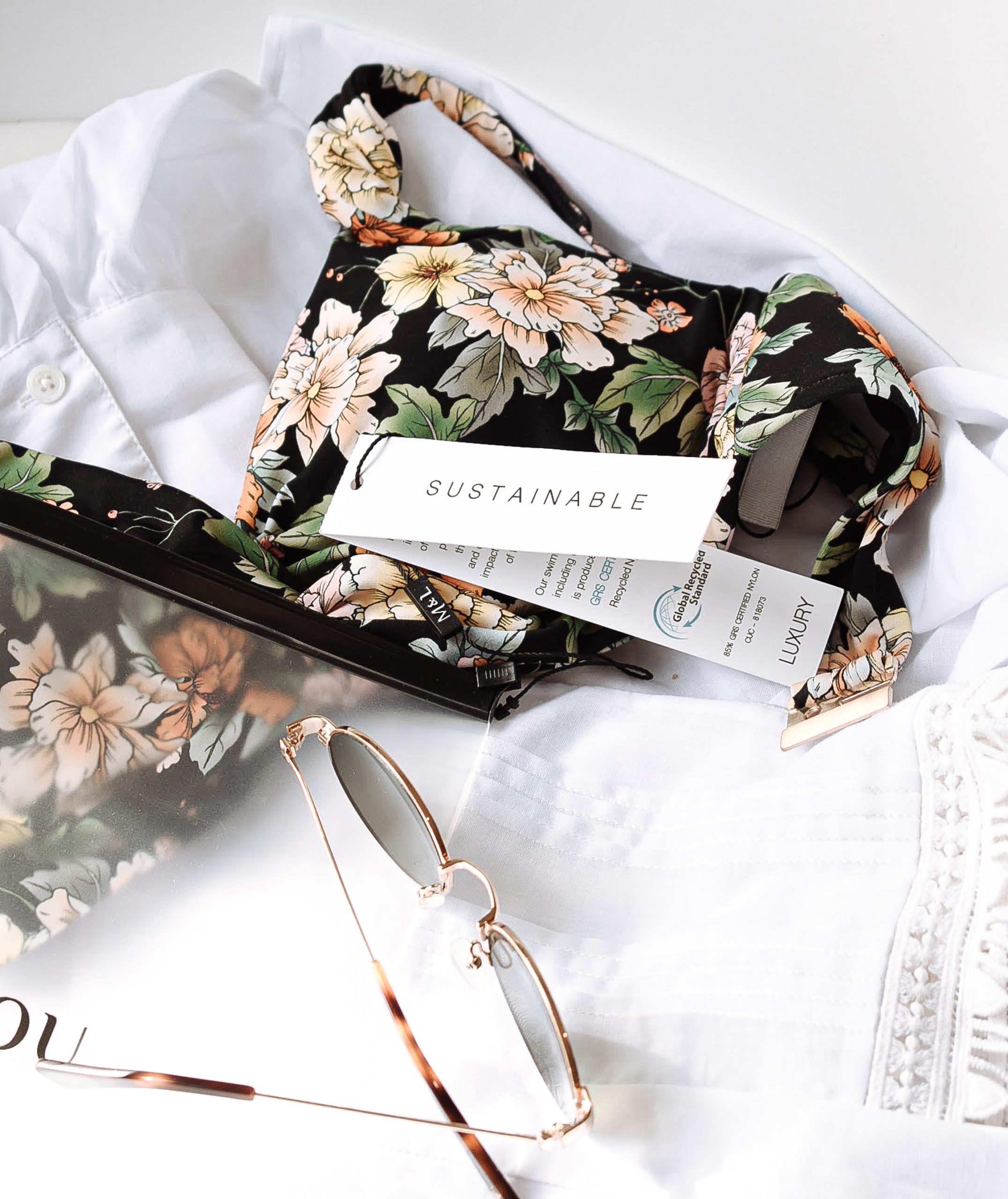Choosing eco-friendly body jewelry is not just a trend; it’s an important step toward a more responsible lifestyle. By opting for jewelry made from sustainable materials, you contribute to environmental preservation, making each accessory not only a fashion statement but also a reflection of your values. Read More
May, 2025







